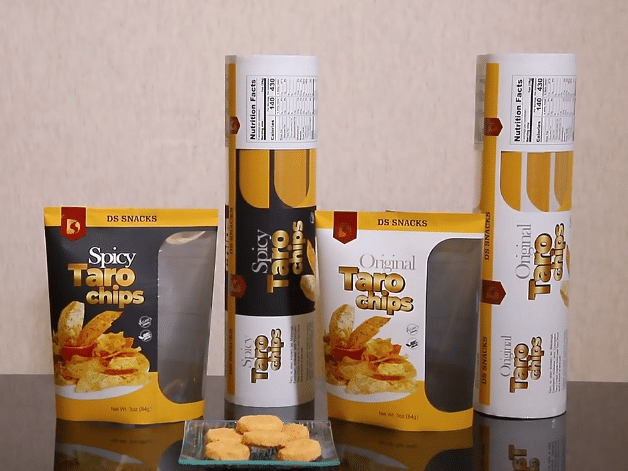Plastmasas maisiņu veidi pārtikas iepakojuma tērpam
Plastmasas maisiņu veidi pārtikas iepakošanai, kas piemēroti īpašiem lietojumiem.
Plastic bags are a popular and convenient choice for food packaging due to their durability, pieejamību, un spēja saglabāt pārtikas svaigumu. Tomēr, ne visi plastmasas maisiņi tiek radīti vienādi, and there are several different types of plastic bags that are designed to be suitable for specific uses.

- Polyethylene Bags: Polyethylene bags are one of the most common types of plastic bags used for food packaging. They are strong, elastīgs, and airtight, making them ideal for packaging a variety of food items, such as fruits, vegetables, and baked goods.
- Vacuum Seal Bags: Vacuum seal bags are designed to remove air from the bag to create a vacuum-sealed environment, which helps to extend the shelf life of the food. They are commonly used for packaging perishable items such as meat, fish, and dairy products.
- Anti-Static Bags: Anti-static bags are designed to prevent the buildup of static electricity, making them ideal for packaging dry goods, such as rice, flour, and sugar. This helps to prevent contamination and improve product freshness.
- Biodegradable Bags: Biodegradable bags are made from materials that break down over time, reducing their environmental impact. They are suitable for packaging a range of food items, including fruits and vegetables, and are a popular choice for those who are environmentally conscious.
- Microwave Safe Bags: Microwave safe bags are designed to be safe for use in the microwave, making them ideal for packaging ready-to-eat meals and leftovers. This makes reheating food convenient and safe.
Noslēgumā, the type of plastic bag that is best for food packaging depends on the specific needs of the product and the intended use. Whether it is for preservation, convenience, or sustainability, there is a plastic bag available that will meet the needs of the food industry.





